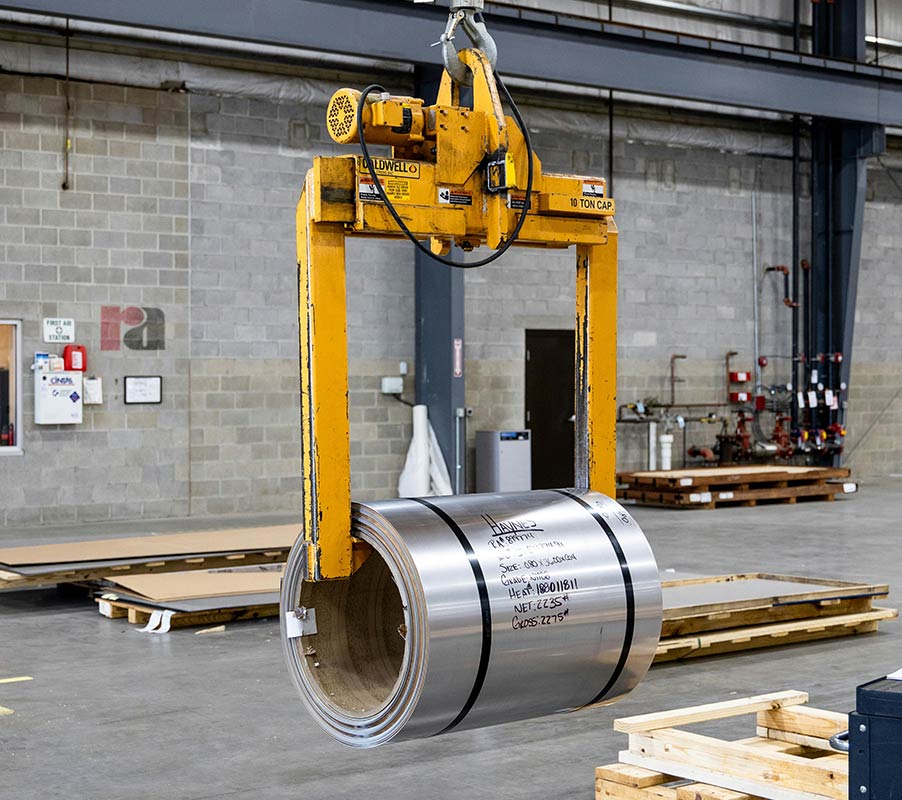

innovative process
The challenge
The logistics and delivery sector faces increasing pressure to reduce its environmental footprint. With the rise of on-demand deliveries, traditional methods often involve fuel-heavy, inefficient routing and multiple delivery attempts — resulting in higher emissions and unnecessary packaging waste. The challenge was clear: How can we transform the last mile into a more sustainable, greener process without compromising service speed or user convenience?
project goals
We set out to implement an eco-first strategy within our smart locker infrastructure, aiming to make deliveries cleaner, smarter, and more consolidated. The vision was to help platforms shift from conventional door-to-door drop-offs to centralized locker-based deliveries that lower emissions and boost operational efficiency.
the result
Through the rollout of clustered smart lockers across strategic urban and suburban points, platforms were able to reduce last-mile delivery trips by up to 42% in pilot areas. Drivers consolidated drop-offs into fewer routes, and platforms began offering greener delivery options via locker-first fulfillment.
Eco dashboards were introduced to show real-time impact — including estimated CO₂ savings, reduced miles traveled, and packaging waste avoided. Several brands used these metrics in their own ESG reporting and public sustainability commitments.
Smart infrastructure isn’t just about speed — it’s a bridge to environmental accountability. This initiative proves that convenience and sustainability can co-exist when technology supports conscious logistics.
Passionate - Dedicated - Professional


